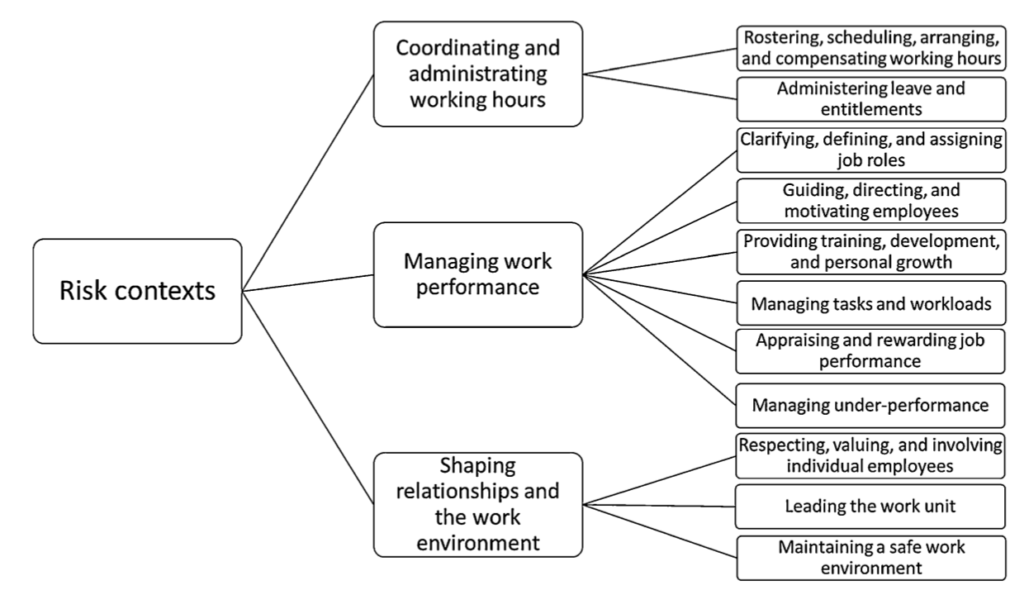Workplace bullying continues to place strain on our businesses absorbing valuable resources that could be spent more effectively in other ways. Workplace mental health claims and lost time from these injuries is increasing significantly. It’s money pouring down the drain.
What if we can reverse that trend by improving the way we work and design our systems and processes? Is this even possible?
In Australia, we are extremely lucky to have some leading experts in the field of workplace bullying research. In South Australia, we have Michelle Tuckey and Maureen Dollard; in NSW we have Carlo Caponecchia. To be fair, these are only a few of our home grown researchers. who have for the better part of the last decade have been investigating the world of workplace bullying developing options for safer workplaces.
Part of what they have achieved is developing frameworks that we can utilise in our workplaces to help reduce the incidence of workplace bullying.
In 2019, Tuckey released a risk context framework that can help us build bullying free workplaces. The framework identifies three overarching risk contexts and eleven job activities that can help us predict and, therefore, prevent workplace bullying claims at work.
Origins of the Risk Context Framework
In 2015, Tuckey and her fellow researchers analysed 342 workplace bullying claims lodged with Safe Work South Australia. They identified job design and process based issues that formed part of those claims, breaking them down to the three overarching risk contexts, which are:
- Coordinating and Administrating Work Hours (focusing on day to day administrative duties relating to work arrangements and schedules)
- Managing Work Performance (focuses on the quality of job performance)
- Shaping Relationships and the Work Environment (focuses on building healthy relationships with and amongst subordinates, and on maintaining workplace safety).
What they found was that 82.5% of lodged cases involved issues around managing work performance; 65.2% of cases involved issues within workplace processes that shaped relationships and the work environment; and 46.8% of cases involved issues surrounding coordinating and administrating working hours.
Within the three risk contexts, they identified eleven job activities, which are demonstrated in the figure below.
What does this mean for our workplaces and bullying prevention?
There is a real beauty in this framework in that it doesn’t have us change everything in our workplaces (unless you don’t have any systems at all). This framework provides us with a potential root cause of the workplace bullying issues.
It’s a framework that allows us to analyse a bullying claim, work it back to a workplace system or process that didn’t work as well as it could, or failed completely, and change that system or process. It helps us to do things better, risk manage, and if we get it right, avoid this same problem rearing it’s ugly head in future.
This is the exciting stuff. It’s an innovative framework and approach that can help us build a safer, more respectful bullying free workplaces in the future.
Would you like to learn more about how you can use this framework to prevent workplace bullying?
Contact us today to learn more.


